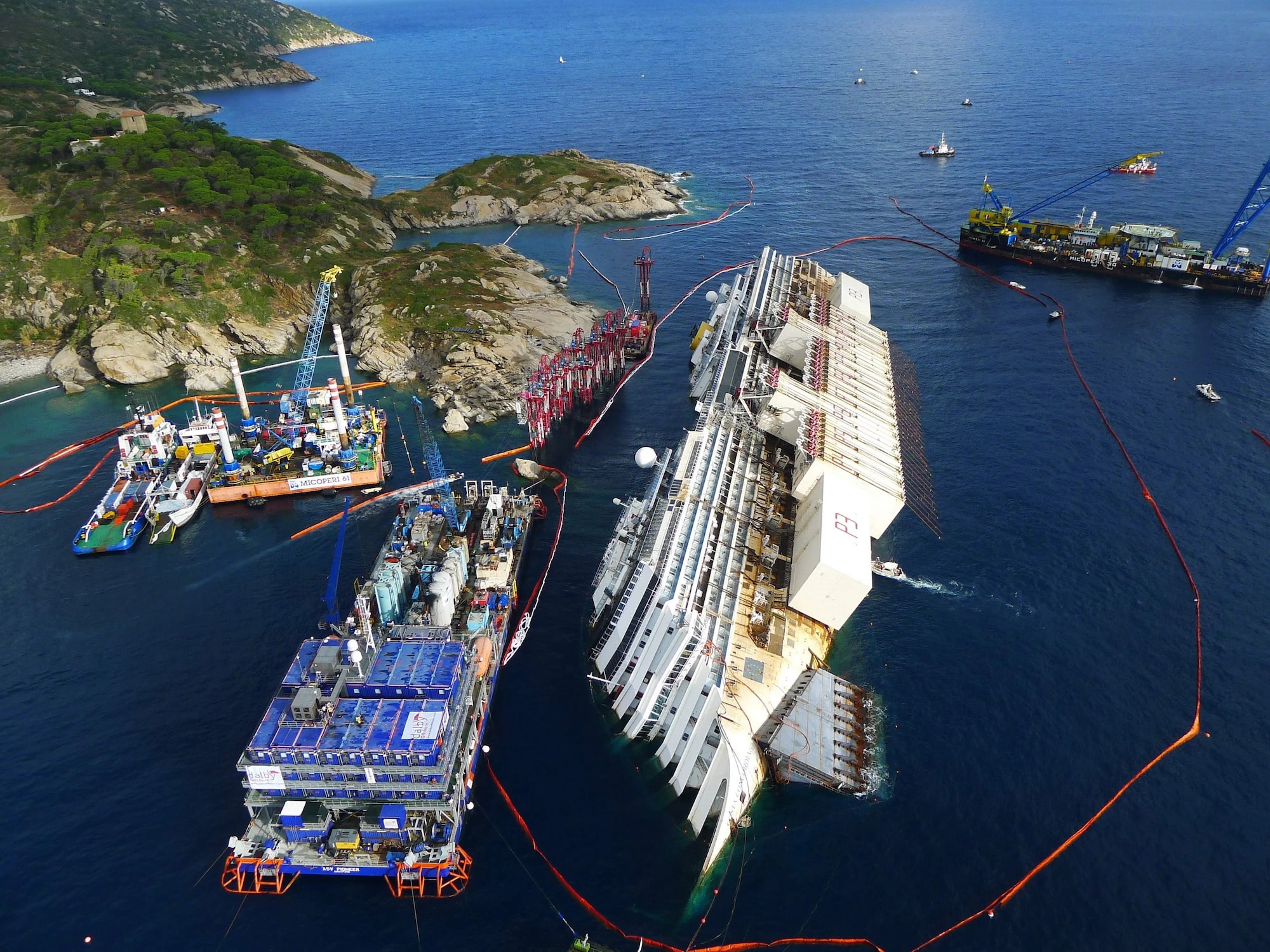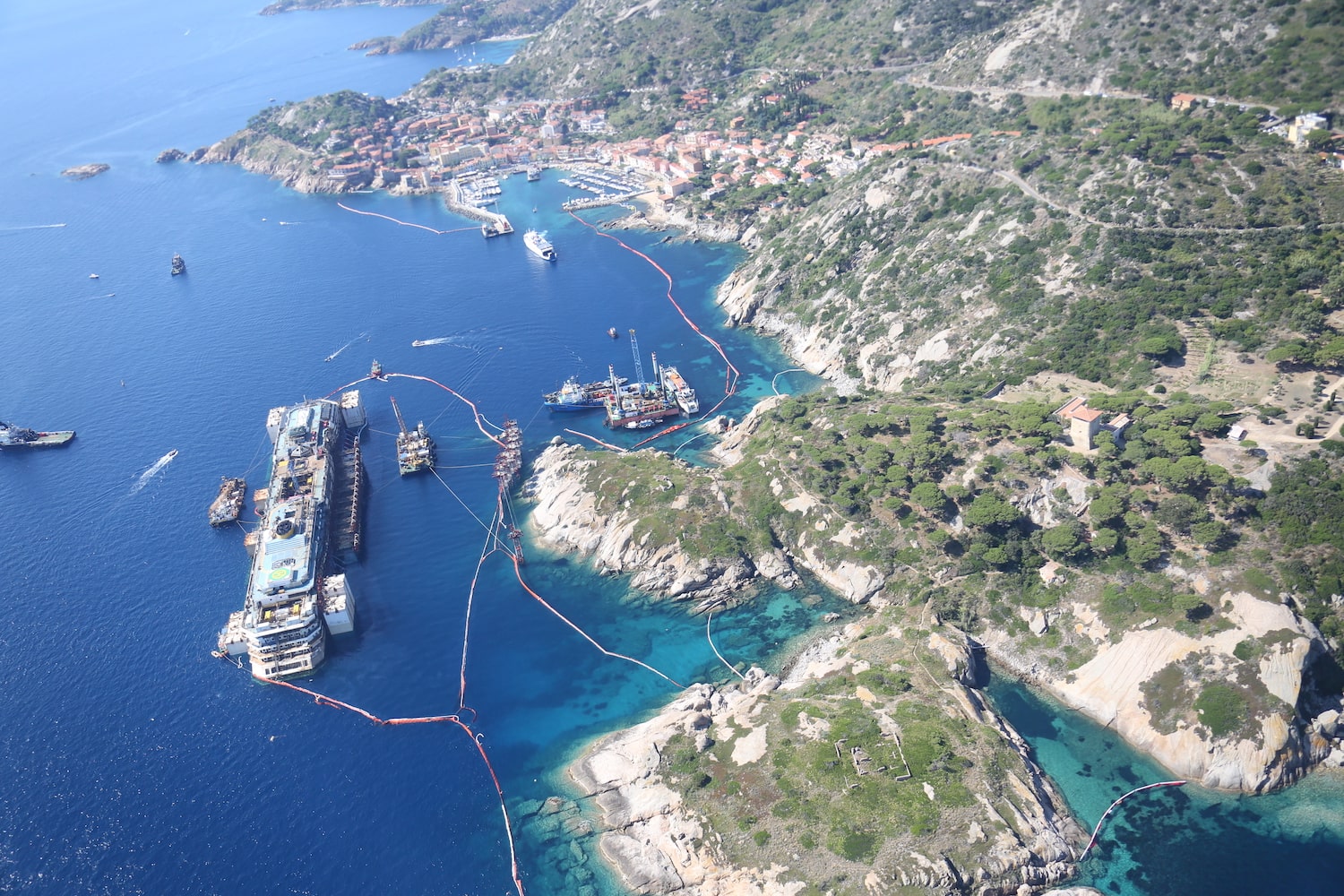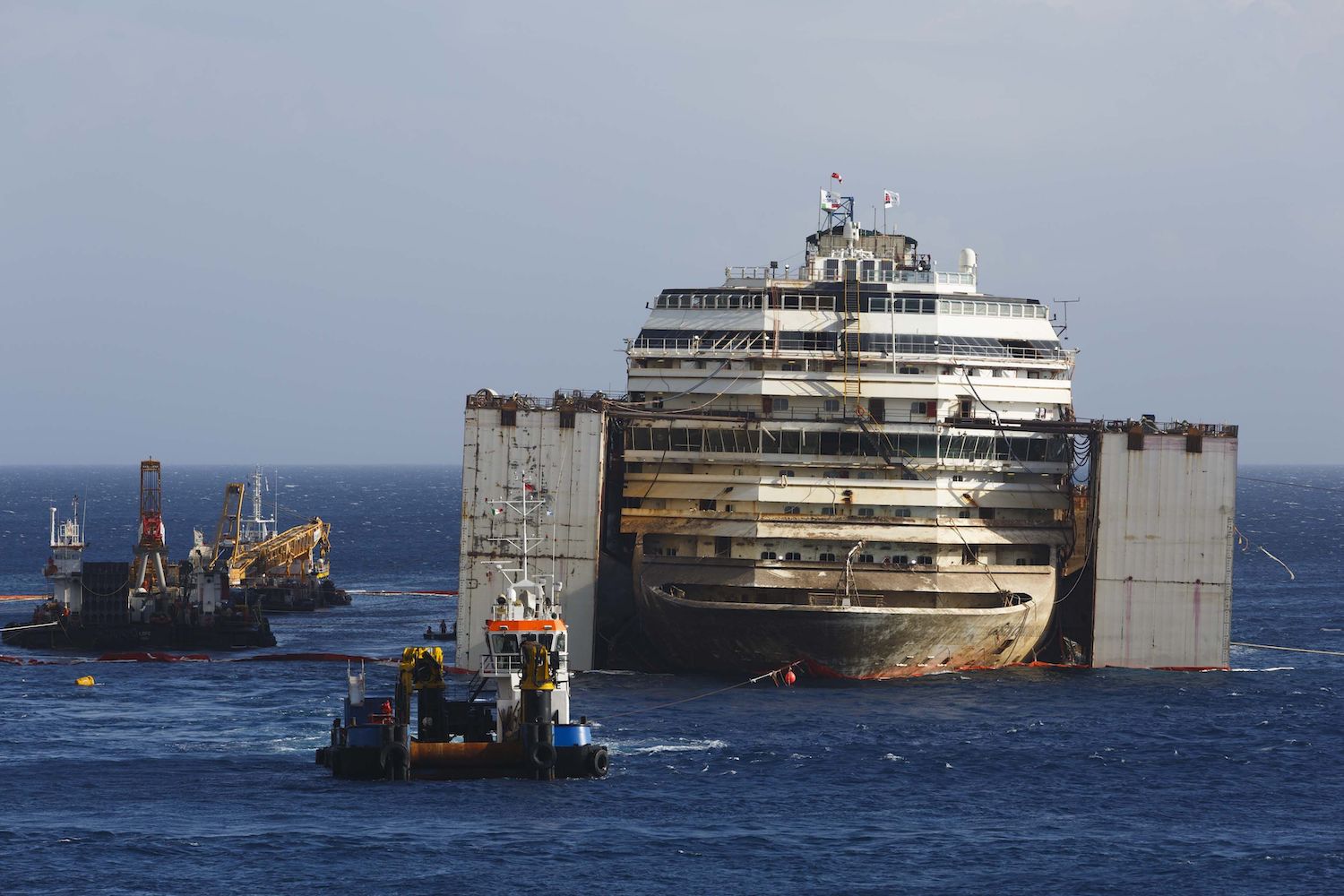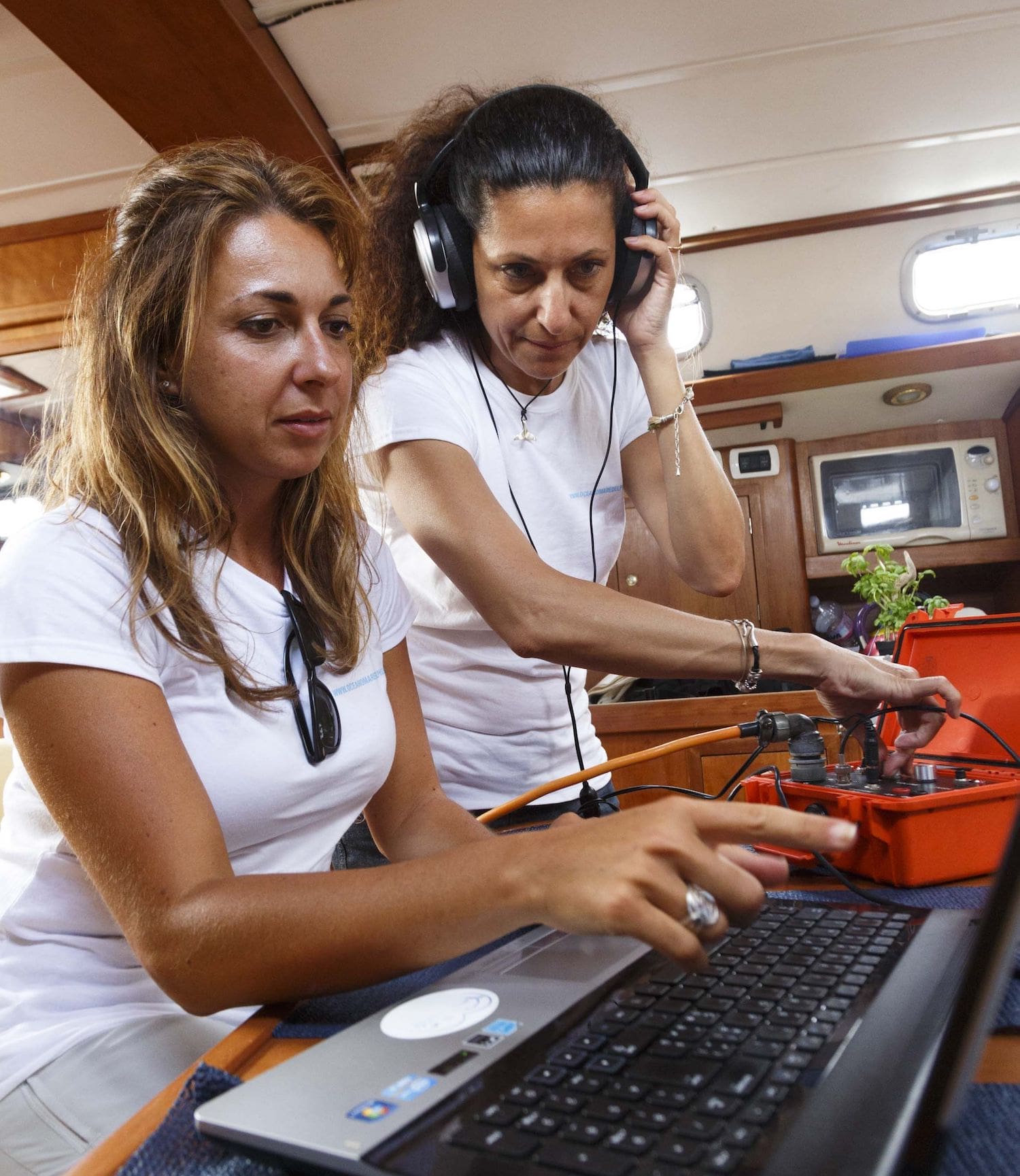Customer Success: Raising The Costa Concordia

Customer Success
Raising The Costa Concordia
Described as the largest, most technically demanding wreck removal operation ever attempted on a ship of its size, the wrecked Costa Concordia cruise liner was successfully removed from the Italian shoreline in July 2014.
After the wreck, vessel owners, alongside others on a review board, began evaluating proposed salvage plans from more than 10 of the most experienced wreck removal and maritime salvage companies from around the world. After an exhaustive search, they selected Italian offshore service provider Micoperi and Crowley Maritime’s internationally-based TITAN Salvage.
TITAN Salvage and Micoperi began the process of refloating the Costa Concordia, which was safely moored at the Port of Genoa Voltri, Italy, marking the completion of the largest maritime salvage jobs in history.
For the full story, please view the publication Raising The Costa Concordia.
The Challenge
Now considered the largest passenger shipwreck by tonnage in history, the Costa Concordia smashed into the rocky coastline where it heeled over starboard and came to rest suspended on two underwater granite knuckles.
Though the rocky protrusions crushed portions of the starboard hull – in addition to damage on the port side – and left a 160-foot gash from the initial impact, they also prevented the wreck from sliding down the steep sea slope.
Moreover, transporting sponsons from shipyards to the Costa Concordia worksite within the weather window was crucial to avoid project delays. These metal boxes, the largest weighing 800 tons and the tallest standing 11 stories high, were water-filled and attached to the vessel’s sides. This process helped ballast the wreck onto custom platforms beneath, ensuring stability.
Additionally, the team had to deal with the worst winter in Giglio in nearly 50 years, causing the project to fall significantly behind schedule. This included the so-called “Halloween storms” that caused the ship to collapse nearly seven feet into the Mediterranean Sea in late October.


Our Solution
The monumental task of removing over 33,000 tons of steel in one piece, without additional damage to the environment, took two and a half years to complete.
The Costa Concordia project unfolded in five phases: anchoring/stabilizing the wreck, preparing its false bottom post-rotation, parbuckling, adding starboard sponsons, and ultimately refloating the vessel.
Refloating the vessel involved 36 hydraulic strand jacks, with a combined capacity of 13,000 tons of force, eventually pulling the vessel upright.
After refloating, the Costa Concordia began its final voyage with a convoy of more than a dozen support vessels. The parade included two tugboats with 24,000 horsepower and 275 tons of bollard pull at the bow of the hull and two more auxiliary tugs positioned aft.
The People
Micoperi’s marine engineers and Crowley’s Jensen Maritime collaborated onsite to support the technical operation, alongside TITAN/Micoperi’s partnership with Università La Sapienza, Italy, focusing on environmental protection and safeguarding Giglio’s economy, tourism, and safety.
Chris Peterson, TITAN’s Vice President, received the 2014 Maritime Casualty Response Award from Lloyd’s List for the exceptional Costa Concordia removal in Giglio at the North American Maritime Awards.
Additionally, TITAN was honored by the North American Marine Environmental Protection Association with the Maritime Environmental Protection Award, recognizing the company’s proactive approach towards protecting and preserving the oceans.
TITAN received the Maritime Environmental Protection Award from the North American Marine Environmental Protection Association for its commitment to ocean conservation.
